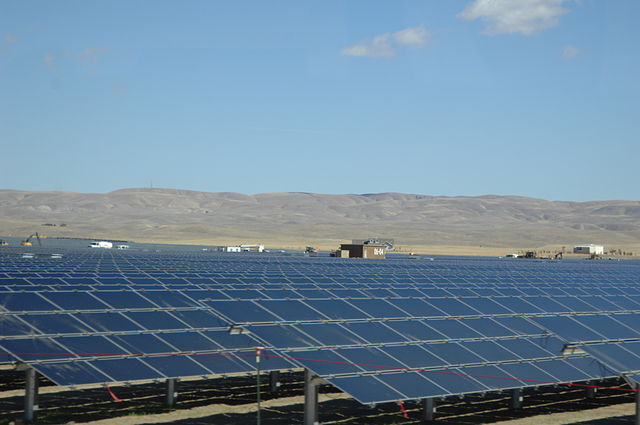In the vast expanses of the Gobi Desert, an engineering marvel is transforming China’s energy landscape. A world-leading electricity production and transmission network is taking shape, breathing life into this arid region and offering tangible benefits to the nation.
Firstly, clean and affordable energy from this project directly improves the lives of millions. It powers homes, businesses, and industries, contributing to rising living standards across the country. Secondly, access to reliable, clean energy strengthens China’s position in crucial sectors like artificial intelligence (AI). This fuels innovation and competitiveness, creating a virtuous cycle of economic growth and environmental sustainability.
The scale of this project is staggering. Existing installed capacity for power generation in northwestern China sits at nearly 500 gigawatts (GW), and combined with neighboring Inner Mongolia, this figure jumps to 600GW. For comparison, all US power plants combined produce about 1,100 GW.
But the truly groundbreaking aspect lies in the source of this energy: more than half comes from renewable sources like wind and solar. Despite being variable by nature, these “green giants” achieve an impressive 95% utilization efficiency, setting a global benchmark.
Transforming the Gobi Desert into a renewable energy hub was once a distant dream. However, advancements in technology and the vision of pioneers like Qian Xuesen have paved the way for this reality.
Today, the northwest power grid transmits half of its 230GW renewable energy through ultra high-voltage lines to eastern provinces. This makes it the “strongest outbound capacity and largest scale” grid globally, showcasing China’s commitment to renewable energy leadership.
Comparisons with the European Union (EU) reveal even more impressive results. China’s northwest grid outperforms the EU in core renewable energy utilization, solidifying its world-leading position.
Harnessing vast amounts of renewable energy over long distances comes with challenges. China tackled these head-on, developing advanced transmission lines and using AI to predict generation capacity, even with fluctuations of up to 50GW in a single day.
To further stabilize the grid, China transitioned from coal-fired plants to hydropower stations on the Yellow River. This shift delivers not only economic benefits but also ecological advantages.
Another key innovation lies in “complementarity” between renewables. Achieved through a robust information and control system, this ensures reliable energy supply, a crucial factor in the global tech race.
Experts believe energy supply will be pivotal in the US-China AI race. While the US restricts chip sales to China, the abundant electricity supply allows Chinese firms to use less advanced chips with minimal impact on AI training.
Looking ahead, China plans to build data centers and AI servers in energy-rich western regions. This move will further bolster its tech giants and solidify its position in the global technology landscape.
In conclusion, China’s northwest power grid represents a game-changer. This world-leading project showcases China’s commitment to renewable energy, strengthens its competitiveness in critical sectors, and offers unique advantages in the global tech race. The Gobi Desert, once a symbol of aridity, now stands as a testament to human ingenuity and a beacon of clean energy innovation for the future.

